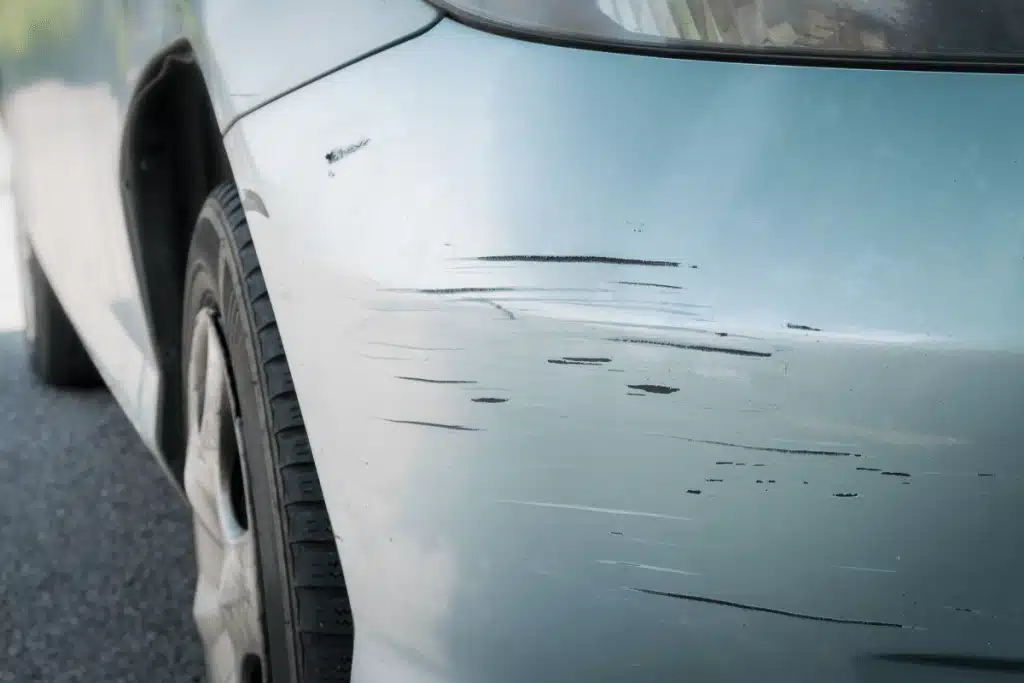Home » Blog » Car » Car Health & Safety » Serious Safety Risks of Sharing Your Car
Categories
Tags
animal welfare
breed profile
buying a car
buying a pet
Car
car accessories
car care
car features
car insurance
Car safety
car sales
car service
cat
cat behaviour
cat body language
Cat Breeds
cat food
cat insurance
comprehensive car insurance
Dog
Dog Behaviour
dog body language
Dog Breeds
dog food
Dog Insurance
dog training
eco friendly cars
Kitten
New Car
pet accessories
pet activities
Pet Adoption
pet breeders
pet days of the year
pet fun stuff
Pet Health
pet insurance
pet parenting
Pet Safety
pet services
Puppy
rescue pets
road safety
road trip
safe driving
Recent Blog:
Facebook Posts
1 day ago
Growing old sometimes means we can’t take care of pets anymore. Find out some advice on what to do when this happens:![]()
![]() Senior Pet Parents – Contingency Plans for Your Pet – bit.ly/44bzwkS
... See MoreSee Less
Senior Pet Parents – Contingency Plans for Your Pet – bit.ly/44bzwkS
... See MoreSee Less
Senior Pet Parents' Contingency Plans for Pets
www.pd.com.au
Sometimes senior pet parents need more downtime. For older pet owners, this can be tricky to navigate if their dog or cat is full of beans and wants to3 days ago
Before you rev up the engine, let’s run through a checklist of things to do before starting your car. Not only do these steps ensure your safety (and that of others around you), but they also help in maintaining your vehicle's longevity.![]()
![]() Driving Tips: Your Checklist Before Starting Your Car -
... See MoreSee Less
Driving Tips: Your Checklist Before Starting Your Car -
... See MoreSee Less
Driving Tips: Your Checklist Before Starting Your Car
www.pd.com.au
Heading out for a drive? Hold up a second! Whether you're dashing off to work, running errands, or embarking on a road trip adventure, there are a few1 week ago
Are intestinal worms setting up camp in your dog’s gut without paying rent? Here’s how to spot the main culprits and get rid of them too:![]()
![]() Preventing, Identifying and Treating Intestinal Worms in Dogs - bit.ly/43YjCKu
... See MoreSee Less
Preventing, Identifying and Treating Intestinal Worms in Dogs - bit.ly/43YjCKu
... See MoreSee Less
Preventing, Identifying and Treating Intestinal Worms in Dogs
www.pd.com.au
Intestinal worms, such as roundworms in dogs are one of the least glamorous topics on the planet. These intestinal parasites that basically use our dogsStatistically speaking, our cars are the most dangerous form of transport. Yet, because we rely on them every day we often don’t think twice about reaching for the keys. Ditto when it comes to handing over those keys to others. Have you considered the safety risks of sharing your car?
It’s obvious the best way to ensure your wellbeing while travelling in your car is to drive responsibly and look after it (both on and off the road). When you’re behind the wheel you’re the one in control. And our research tells us that people who are the only driver of their car are in a better position to maintain it, because the duties aren’t divided.
Safety Hazards of Car Sharing
With car sharing a common occurrence it’s important to ask yourself this question before jumping: “How do I control my car’s safety when I’m not the one driving it?” While dividing the load might sound less expensive in theory (hint, it’s not always), the risks often outweigh the benefits.
At PD Insurance, we want you to be safe and happy drivers. So, in this article, we’re here to share the safety risks of car sharing.
Your Co-Driver Might Not Be in Tune Like You
No matter how you look at it, joint car ownership is complicated. It means you mightn’t always have access to the vehicle when you need it. You’ll need to plan ahead, communicate well, and be open to sharing responsibilities of maintenance, rego and insurance.
What happens when your co-driver’s life gets hectic? Unfortunately, because it’s not their car, ensuring it’s properly looked after probably isn’t their top priority.
A seemingly innocuous rattle or clunk can turn into a dangerous safety risk (and a big hole in your wallet) if dismissed as something normal. Easy to do when distracted by a busy life and driving the car part-time.
If you’re the only driver, you’ll likely identify unusual noises and driving experiences (like pulling to one side) quicker. You’re more likely to act on them immediately.
Imagine: Your partner took your car to his basketball game. On the way, he was momentarily distracted and when traffic built up suddenly in front he had to swerve to avoid a collision.
While his evasive action meant he avoided an accident, he hit the kerb hard. This damaged the tyre and suspension. He’s in shock, but checks the tyre and sees nothing obvious wrong. Satisfied, he drives away promising to be more careful. Then doesn’t think about it again.
However, the kerb clip resulted in a bubble in the tyre’s wall (meaning it could blow out at any time). It’s also put the alignment out and damaged the suspension strut on your five-year-old hatch.

This hidden damage means your car’s stopping distance will be impaired. If you need to take evasive action again it mightn’t perform well enough to keep you out of trouble.
As the only driver, you’ll know exactly what happens on the road and can act accordingly, reducing your driving risk factors.
Your Safety Measures Might Not Be Enforced
In Australia, a car is stolen about every 12 minutes, with around half of all thefts occurring from home. Scary!
According to the National Motor Vehicle Theft Reduction Council (NMVTRC), most thefts are opportunistic. If your car looks like an easier target, then it’s more likely to be stolen or damaged. It’s that simple. Taking precautionary actions is an important step in protecting your car.
Every car owner has a mental list of places they simply wouldn’t park. Places like:
- Dark alleyways without CCTV
- Out of the way carparks
- Obscure locations with obstructed viewing of the car
- Streets in questionable neighbourhoods
- Dangerous narrow lanes
Your co-driver might have their own list too, but it won’t necessarily match yours.
If they feel safe getting out of the car in the dark they might be unconcerned by parking somewhere risky. If so, they’re making it easier for thieves or not-so-careful other drivers to damage your car.
Who’s Taking Your Car’s Safety Seriously?
Your car will have a range of features that make it safer to drive. But does your co-driver take your car’s security as seriously as you do? Ask yourself these questions:
- Are they going to take the time to fit your security devices? Like your steering wheel or pedal lock?
- Will they remember to lock every part of the car? Not just doors, but windows and sunroof too.
- Will they keep your keys safe? In a faraday pouch, away from front doors and windows at home where they can be snatched.
- Will they remove their valuables before walking away? Not just the obvious laptop or wallet, but house keys and letters with personally identifiable info.
If not, are you willing to take that risk? Put your mind at ease and stay in control of where it’s parked and left unattended – by keeping the keys to yourself.
For more tips on keeping your car safe, read these simple daily habits to help prevent car theft.
Stay Safe, Stop Sharing
By choosing not to share your car, you can reduce the likelihood of needing to make a car insurance claim. Moreover, you reduce your risk of getting injured, seriously hurt or having to go without your car because of damage sustained from another driver’s negligence.
Sharing is not always caring.
At PD Insurance, we’re unconvinced that sharing your car is worth the safety and security risks. We know that people who don’t share their car have fewer claims … it’s something to think about.
We hoped this article helps make the decision about car sharing a little clearer for you. Before you go – remember to check out our financial, lifestyle, and cleanliness perks of being the only driver of your car.
Share On:




